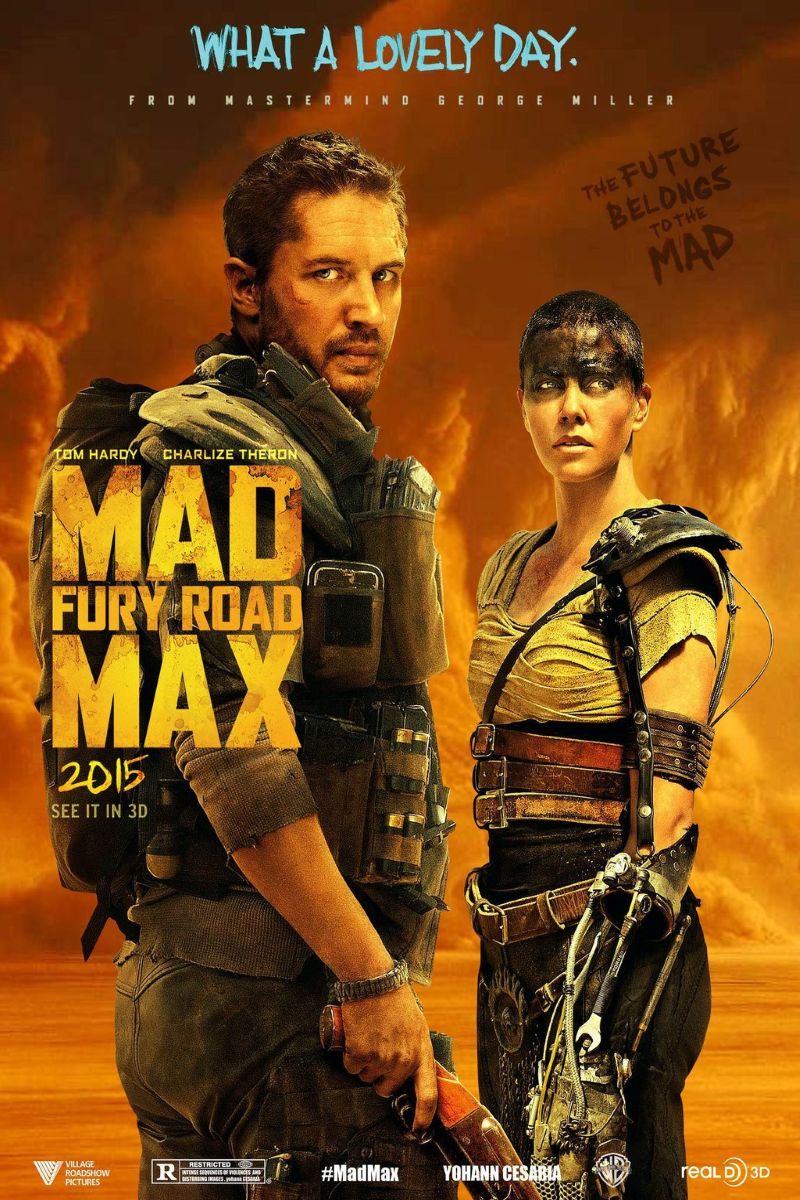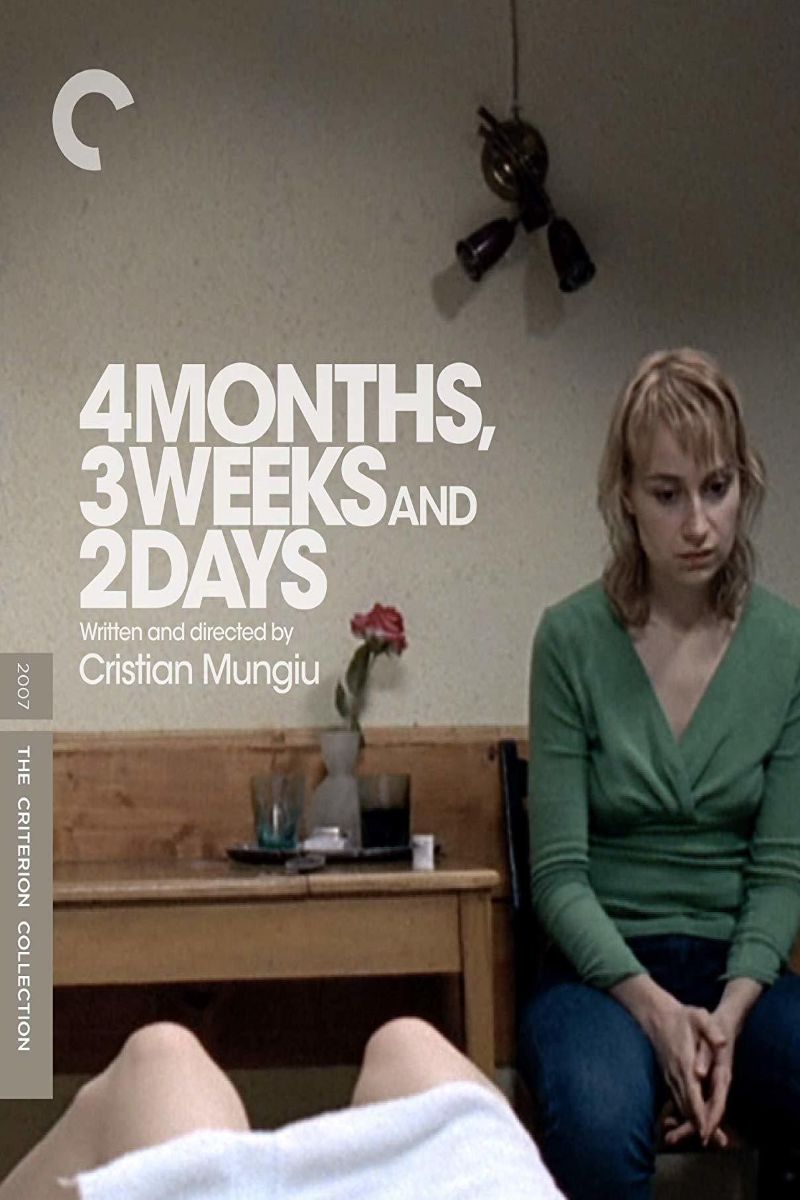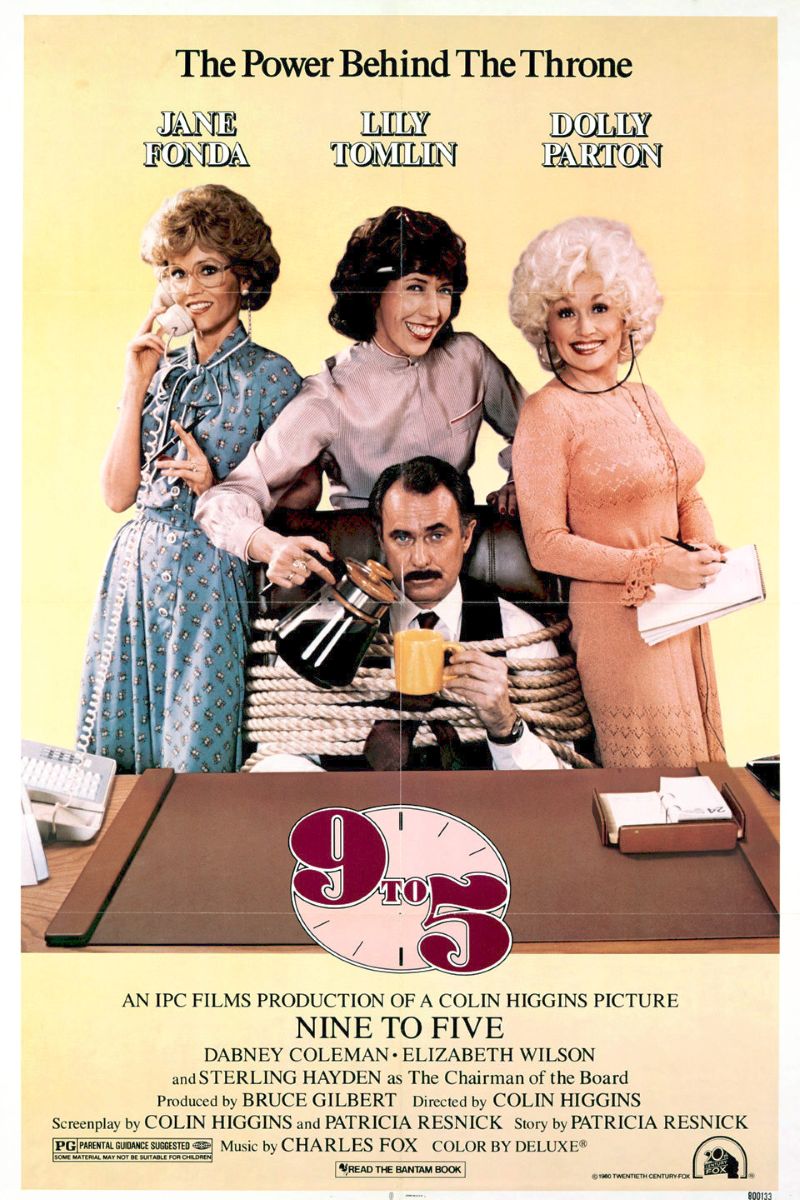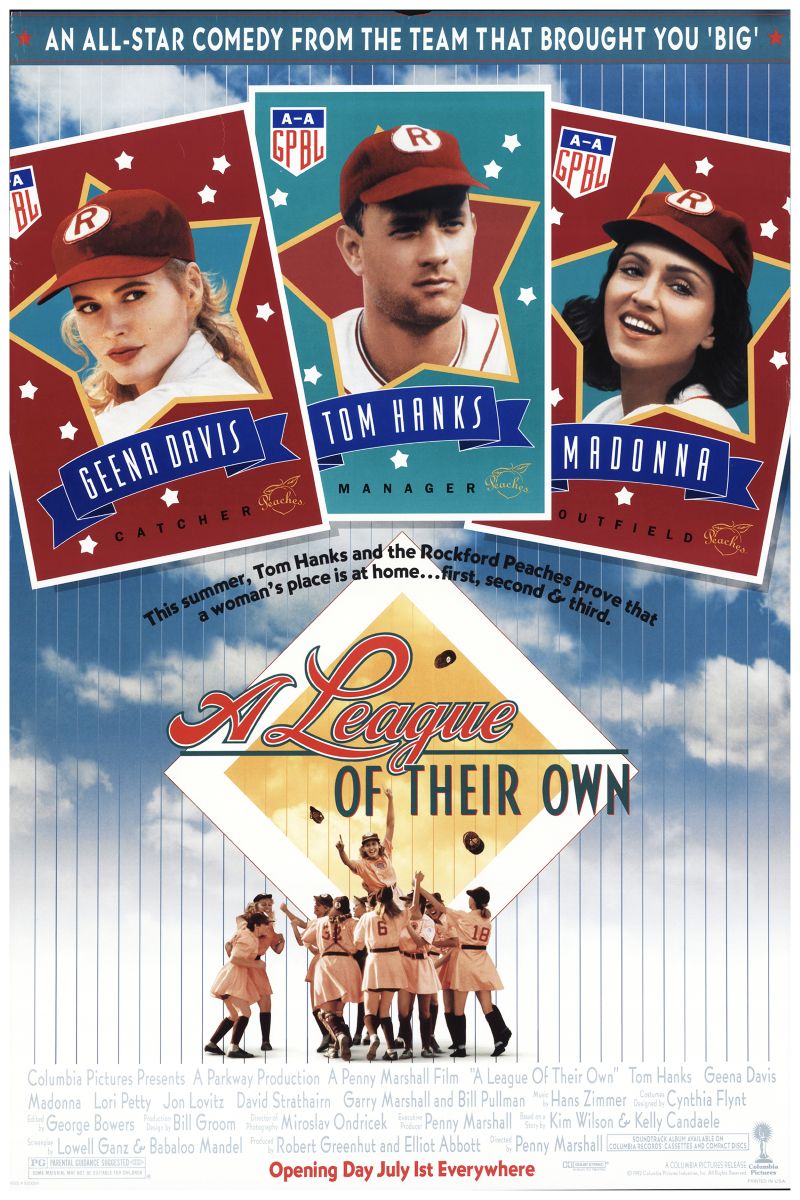
Mad Max: Fury Road
Mad Max: Fury Road
In a post-apocalyptic wasteland, Imperator Furiosa leads a group of women escaping the tyrannical rule of Immortan Joe in search of a promised land of freedom. This action film places female resistance and sisterhood at the heart of a traditionally male-dominated genre.
Cast
Related Topics
🎥 Film Analysis & Review
“Mad Max: Fury Road” revolutionized the action genre by centering women’s stories and feminist themes within the framework of a high-octane chase film. Director George Miller created a work that functions simultaneously as spectacular entertainment and powerful feminist statement, proving that action films can address serious social issues without sacrificing excitement or visual impact.
Furiosa as Feminist Action Hero
Charlize Theron’s Imperator Furiosa represents a new kind of action protagonist—a woman whose heroism stems not from revenge or romantic motivation but from a commitment to liberation and justice. Her decision to help Immortan Joe’s wives escape is presented as a moral imperative rather than personal vendetta.
Furiosa’s character design deliberately avoids the hypersexualized representation typical of women in action films. Her shaved head, mechanical arm, and functional clothing emphasize capability over conventional attractiveness, while her tactical intelligence and mechanical skills establish her as a formidable warrior in her own right.
The Wives as Active Participants
The film’s treatment of Immortan Joe’s wives subverts the traditional “damsel in distress” trope. Rather than passive victims waiting for rescue, they are active participants in their own liberation. Each woman displays agency and contributes to the group’s survival through different skills and perspectives.
The wives’ decision to remove their chastity belts and throw them from the truck becomes a powerful symbol of rejecting patriarchal control over women’s bodies and sexuality. This act represents both literal and metaphorical liberation from systems that treat women as property.
Patriarchy as Environmental Destruction
The film’s post-apocalyptic setting serves as a metaphor for the destructive consequences of patriarchal systems. Immortan Joe’s hoarding of water while people suffer from thirst reflects how patriarchal power structures create artificial scarcity to maintain control.
The connection between environmental destruction and patriarchal dominance aligns with ecofeminist theory, suggesting that the domination of women and the domination of nature are interconnected systems of oppression.
The Green Place and Maternal Lineage
The revelation that the Green Place—the wives’ promised land—has been destroyed represents the loss of matriarchal societies and sustainable ways of life. The Vuvalini, the clan of older women who once inhabited the Green Place, embody alternative models of leadership and community organization.
These women’s knowledge of seeds and sustainable living contrasts sharply with the wasteful, destructive society created by Immortan Joe. Their willingness to pass on their knowledge to younger women represents intergenerational feminist solidarity.
Male Allyship and Toxic Masculinity
Max’s character arc demonstrates the possibility of male allyship without centering male experience. He supports Furiosa’s mission without attempting to take control or claim credit for the liberation effort. His recognition that Furiosa should lead the final assault on the Citadel shows genuine understanding of appropriate male support for women’s leadership.
The contrast between Max and the War Boys illustrates different models of masculinity. While the War Boys seek glory through violence and death, Max finds purpose through supportive collaboration with women fighting for freedom.
Visual Language and Symbolism
Miller’s visual storytelling reinforces the film’s feminist themes through imagery and symbolism. The constant presence of breast milk extraction equipment emphasizes how women’s bodies are commodified and exploited under patriarchal systems.
The film’s color palette—dominated by oranges and blues—creates visual contrast between the harsh, masculine world of the Citadel and the cooler, more life-giving imagery associated with water and the Green Place.
Action as Political Statement
Every action sequence serves the larger narrative of liberation rather than existing purely for spectacle. The extended chase scenes represent the urgent flight from oppression, while the tactical cooperation between characters demonstrates how solidarity enhances survival chances.
The film’s practical effects and stunts create visceral authenticity that reinforces the stakes of the liberation struggle. The physicality of the action sequences makes the characters’ fight for freedom feel immediate and essential.
Reclaiming Genre Conventions
“Fury Road” demonstrates how traditionally male-dominated genres can be reclaimed for feminist storytelling without abandoning what makes them entertaining. The film proves that feminist themes enhance rather than detract from action sequences when integrated thoughtfully.
The movie’s success showed that audiences were hungry for action films with complex female characters and meaningful themes, potentially opening space for more diverse storytelling within the genre.
Contemporary Relevance
Despite its futuristic setting, the film addresses contemporary issues:
Reproductive Rights: The wives’ forced breeding parallels ongoing battles over reproductive autonomy and bodily self-determination.
Environmental Crisis: The film’s ecological devastation resonates with current climate change concerns and debates about sustainable resource use.
Gender-Based Violence: Immortan Joe’s treatment of women reflects real-world systems of sexual exploitation and trafficking.
Leadership Models: The contrast between authoritarian and collaborative leadership styles speaks to contemporary political discussions.
Critical Reception and Cultural Impact
The film received widespread critical acclaim and commercial success, proving that feminist action films could appeal to broad audiences. Its six Academy Award wins demonstrated that genre films addressing serious themes could achieve both popular and critical recognition.
“Fury Road” influenced subsequent action films to include more complex female characters and themes, contributing to ongoing evolution in how women are portrayed in traditionally masculine genres.
Legacy and Influence
The film’s impact extends beyond cinema to broader cultural conversations about gender representation in media. Furiosa became an iconic character representing a new model for female action heroes—powerful without being hypersexualized, violent when necessary but not gratuitously so.
The announced Furiosa prequel film demonstrates the character’s lasting cultural significance and the audience appetite for stories centered on complex female protagonists.
Conclusion
“Mad Max: Fury Road” succeeds as both thrilling entertainment and sophisticated feminist statement. By integrating themes of liberation, solidarity, and resistance into spectacular action sequences, Miller created a film that expands the possibilities for what action cinema can accomplish.
The film’s lasting contribution lies in its demonstration that feminist themes enhance rather than constrain storytelling possibilities. It shows how genre conventions can be maintained while being transformed, creating space for more diverse voices and perspectives within traditionally masculine cinematic territories.
Through its powerful imagery, compelling characters, and relentless forward momentum, “Fury Road” proves that films can be simultaneously exciting and meaningful, offering both escapist entertainment and serious social commentary without compromising either element.
🏆 Awards & Recognition
- • 88th Academy Award for Best Film Editing
- • 73rd Golden Globe Best Action Film Nomination
- • Cannes Film Festival Main Competition
⭐ Ratings & Links
Related Recommendations
Comments & Discussion
Discuss this video with other viewers
Join the Discussion
Discuss this video with other viewers
Loading comments...



